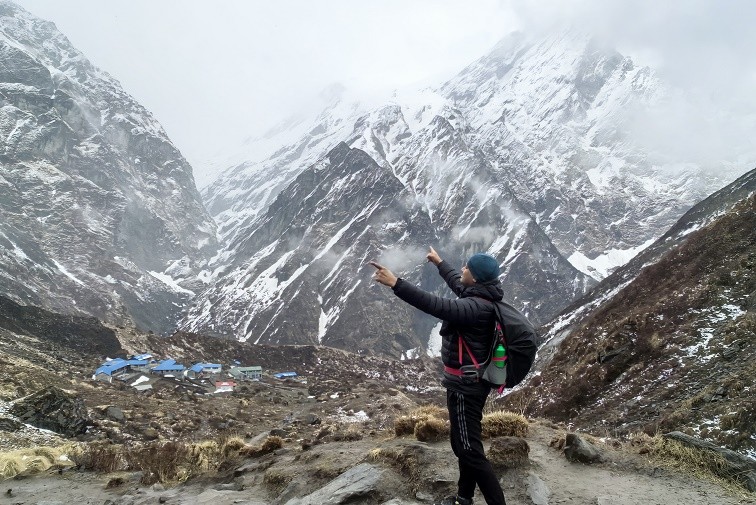
Altitude Sickness
Altitude Sickness in the Annapurna Region
Altitude sickness, also known as Acute Mountain Sickness (AMS), is a common concern for trekkers in the Annapurna region, especially when reaching higher elevations like Thorong La Pass at 5,416 meters. As the altitude increases, the air becomes thinner, and the body may struggle to adapt to lower oxygen levels, particularly when ascending too quickly without proper acclimatization.
In the Annapurna region, symptoms of altitude sickness can begin to appear above 2,500 meters. Common signs include headache, nausea, dizziness, shortness of breath, loss of appetite, fatigue, and disturbed sleep. While mild symptoms can often be managed with rest and hydration, more severe forms like High Altitude Pulmonary Edema (HAPE) and High Altitude Cerebral Edema (HACE) can be life-threatening and require immediate descent and medical attention.
Preventing altitude sickness involves proper acclimatization. Trekkers should plan for gradual ascent, incorporate rest days into their itinerary, stay well hydrated, and avoid alcohol or sleeping pills at high altitude. Eating light, high-carb meals and walking at a slow, steady pace also helps the body adjust. Medications like acetazolamide (Diamox) are sometimes used preventatively, but they should be taken only after consulting a doctor.
The Annapurna Circuit offers opportunities for natural acclimatization due to its gradual elevation gain, especially if you follow the recommended routes and schedules. However, it’s essential to listen to your body, recognize symptoms early, and never ignore signs of distress. Your guide will be trained to monitor your condition and make decisions based on your safety.
Being aware and well-prepared significantly reduces the risk of altitude sickness and ensures a safer and more enjoyable trekking experience in the Annapurna region.



